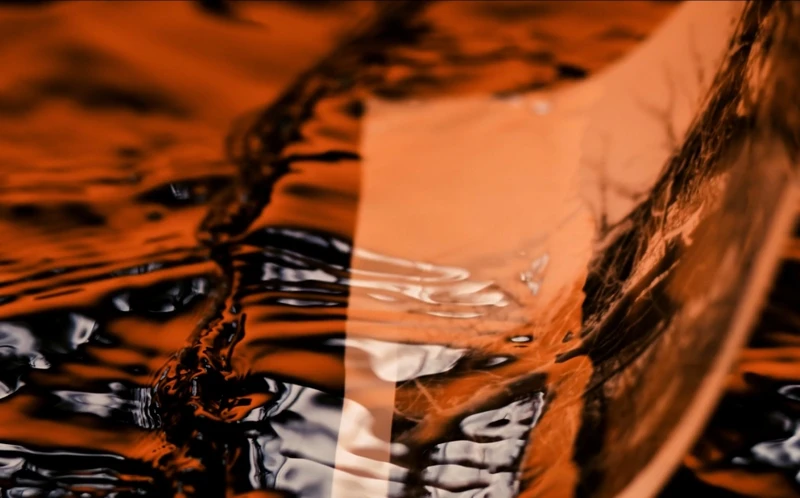Thomas Pausz: Haunted Ecologies
25 Apr-13 Jul 2024
PV 24 Apr 2024, 6-8pm


Thomas Pausz’ solo show, Haunted Ecologies, intersects the research fields of media, ecology, and ‘hauntology’ – the understanding that our perception of contemporary environment and culture is always haunted by spectres of the past, and by hopes and visions of the future – to propose an immersive installation echoing the transformations of local ecosystems in the vicinity of Stanley Picker Gallery.
The exhibition will present a collection of works inspired by the ecology of the Hogsmill river. Stanley Picker Gallery is situated on an island on the Hogsmill, a tributary to the Thames. The ecology of this chalk stream is increasingly endangered due to excessive extraction of water and increasing sewer discharge, which change the nutrient level of the water as well as introduce polluting substances. The installation echoes the transformations of the river over time, and traces how from Millais’ Ophelia painting and Muybridge’s landscape photography to contemporary digital image making techniques, the media constellations we design evolve with and change our perception of the ecosystem.
—
Public Events
Artist Talk & Guided Tour of Haunted Ecologies | All Welcome
Main Lecture Theatre, Kingston School of Art
Thursday 25 April 2-4pm
Meet our Fellow Thomas Pausz and learn more about his practice, followed by a guided visit to his solo exhibition at Stanley Picker Gallery.
—
Thomas Pausz is an artist and designer born in Paris and based in Reykjavík. Pausz holds an MA from the Royal College of Arts (UK) and a BA in Philosophy from Paris X University (France). Pausz´ fictional ecosystems take various forms to explore unforeseen interactions between humans, non-human life forms, and media. His worldbuilding projects are informed by field research in specific environments, and critical dialogues with researchers in the fields of biology, climate science, and bioethics. Pausz puts a particular emphasis on the design of exotic technologies as a medium to redefine interspecies relations. Can VR for pollinators, software to read seashells, or ´spectral´ wildlife photography refocuses the human gaze and offer poetic spaces, where biological and technological are renegotiated?
Recent projects include Hide & Seek at Listval Gallery, Reykjavík; Interspecies Futures at Centre for Book Arts, New York; Nature in Transition, Shifting Identities at The Nordic House, Iceland; The Wildflower at Hafnarborg Museum, Iceland; The Swamp Pavilion at the Venice Architecture Biennale; Species Without Spaces at Atelier Luma & Istanbul Design Biennale; Food: Bigger than the Plate at the Victoria & Albert Museum, London UK and Out of the Sea at Passerelle Contemporary Art Centre Brest, France. Previously he was a fellow of the Academy Schloss Solitude (DE), artist in residence at the Politics of Food programme at the Delfina Foundation (UK), and member of the interdisciplinary Swamp School (LT).
Thomas Pausz was appointed a Stanley Picker Fellow in Art and Design in 2022.